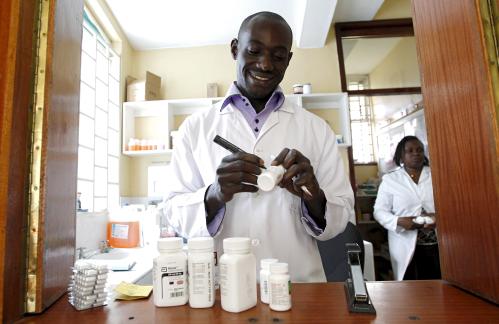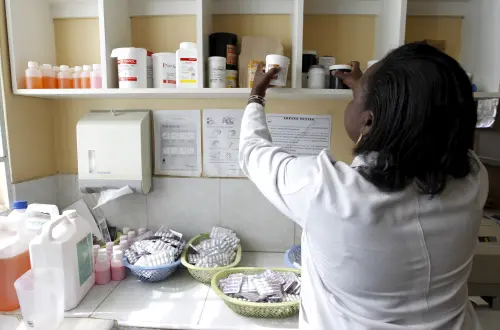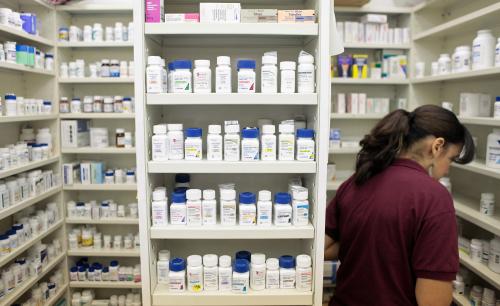As a part of the Brookings Private Sector Global Health R&D Project, the Evans School of Policy Analysis and Research (EPAR) at the University of Washington has published a paper assessing the constraints, opportunities, and investment options in global health R&D. As our September 2017 paper reported, the pharmaceutical industry spends over $150 billion annually on overall health research and development (R&D), but only spends $5.6 billion on global health R&D and only $471 million on diseases primarily affecting the developing world.
To help answer why there is a dearth of funding for global health R&D, the EPAR research team analyzed 132 U.S. Securities and Exchange Commission 10-K annual reports. The team evaluated five potential barriers to investment: scientific uncertainty, policy and regulatory environment inhibitors, limited revenues and market uncertainty, high fixed costs and sunk costs, and imperfect markets. The EPAR researchers found evidence supporting each of their propositions, but scientific uncertainty and manufacturing costs were some of the most prevalent obstacles to increased investment.
The paper concludes with a list of recommendations concerning the use of advanced market commitments (AMCs), R&D tax credits, expansion of orphan drug status, increased expedited review, improvements to the Hatch-Waxman Act and the implementation of other incentives. The 10-K reports identified several examples of useful deployment of AMCs, particularly in the case of Chembo Diagnostics receiving an AMC for HIV diagnostics from the President’s Emergency Plan for AIDS Relief (PEPFAR). Other policy component that companies found helpful were forms of expedited review, such as fast track designation (mentioned 28 times), priority review (8 times) and other such incentives (15 times).
EPAR’s paper makes an important contribution to the six-part series that the Brookings Institution has undertaken to increase private investment in global health R&D. Our series has touched on numerous facets of this problem, ranging from health governance capacity, global health financial flows, profitability analysis of neglected tropical diseases, factors limiting global health R&D, and, analysis of company investment decisions. Through this project, we have conducted outreach through stakeholder meetings, conference roundtables and expert consultations, and sought to improve private funding of global health R&D.







Commentary
Assessing the challenges, opportunities, and investment options in global health R&D
April 24, 2018